By Amy Rutzen
As someone who is a perfectionist and more than a little passionate about the outdoors, hunting and conservation, I find myself asking over and over, “What makes a hunter great?”
After struggling with this question for quite some time, I feel I am starting to better understand what goes into the answer. It’s a variety of different elements that can be separated into two main categories, the hunt and the kill. Each skill can and does exist on its own; however, to be great, you must be accomplished at both. To better understand my point let’s further dissect each category.
What does it mean to be a hunter? A hunter is defined as…
…someone who determinedly searches for someone or something.
It is the searching that makes one a hunter. Therefore, by definition, a successful hunt is one in which the hunter finds what he/she is searching for. What are the skills needed for this? How does a hunter increase his/her chances at a successful hunt? The skills and determination that go into the quest of finding animals are truly a convergence of science and art.
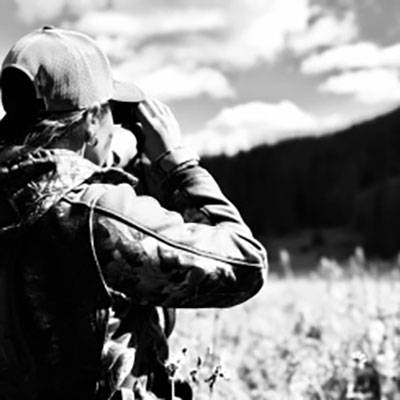
Science, as it applies to hunting, is the gathering of information and testing that data’s validity in the field, whereby proving its value. Information that proves valuable is squirreled away in that hunter’s Tool Box of Tricks. Smart, ever-improving hunters go through this process numerous times each season, adding more and more vested information to their box. Through this, he or she continues to grow, develop and adapt as the years go on.
Lesser hunters lack the skills and/or determination needed to determine which information is valuable, how to test it and/or are not able to properly apply the information as needed. Their Tool Box of Tricks looks like that tackle box we’ve all seen (or maybe you yourself have) that is disturbingly unorganized to the point that the owner can’t ever seem to find what he needs when he needs it. The box is filled with used line, broken bobbers, random snack wrappers and sharp things that undoubtedly carry tetanus. Very little of the cluttered content is useful.
Art, in the world of hunting, is knowing how, when and why to apply the tools accumulated through science. This element is roughly half instinct and half experience. Much like a fine wine, this factor truly develops over time. It is also the factor responsible for the greatest separation between someone who is good and someone who is great. Watching a hunter who has decades of science in his/her Box move through the woods or educate on matters pertaining to hunting is truly fascinating. The depth of their knowledge is something to be envied. They have developed and perfected their tools. Unlike that tackle box that makes you itch, the seasoned hunter’s box is one full of useful tools laid out in organizational bliss. Each time this magical case is opened, you know a problem will be solved because of the artful way a tool chosen.
Alright! We have defined hunting as a search for something specific and touched on the science and art needed to better your skills as a hunter. However, something is still missing from the equations of the happily ever after hunting stories that fills social media with selfies, the garage freezers with meat and campfire stories with the cathartic ending we all crave. This missing element is the kill.
The definition of kill is to…
…cause the death of (a person, animal, or other living thing).
The kill is an interesting element of hunting. It is fully executed in a matter of seconds by simply aiming and firing a weapon. These two components are absolutely necessary to possess in ones Box of Tricks. Each ought to be practiced and developed as they are crucial to the kill. However, they should be viewed as two proficiencies among a menagerie of equally important skills to be further developed every year.
Regrettably, the kill is valued the most by many “hunters”. For these individuals, a season’s success is measured solely by whether or not a tag is filled. This mindset has led to an unhealthy emphasis on the kill sending the message to inexperienced and non-hunters that a dead animal is why we, as hunters and conservationist, do what we do. Rightfully so, this is one of the main contributing factors in the general populations’ distrust of and disrespect for hunters.
Let us not allow this to be! Let us act responsibly. Let us get better each year. When we seek out the services of an outfitter/guide, let us not do so in hopes of make up for what we were too lazy to develop on our own, but rather for the additional expertise they offer on the unfamiliar or private hunting land they represent. As hunters who respect our art and the animals we harvest, let us take it upon ourselves to diligently add to our Box of Tricks with useful tools. Let us become great hunters!

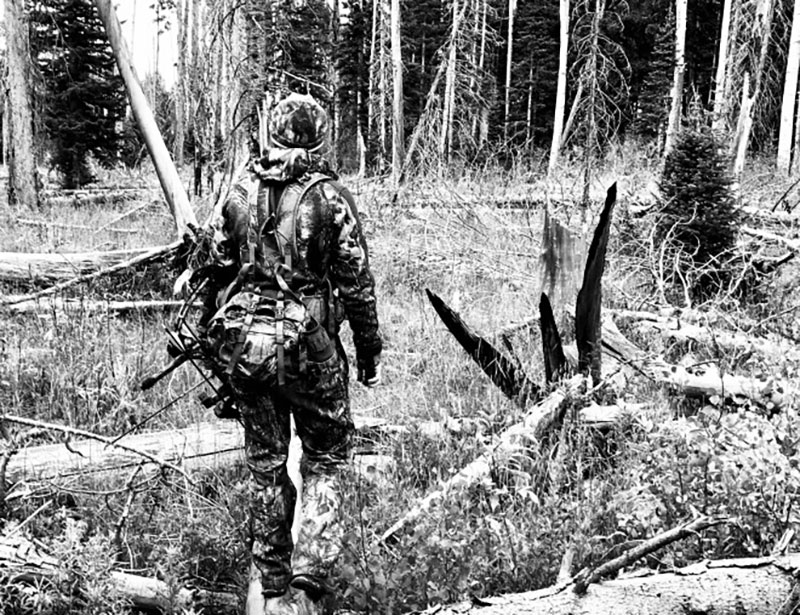
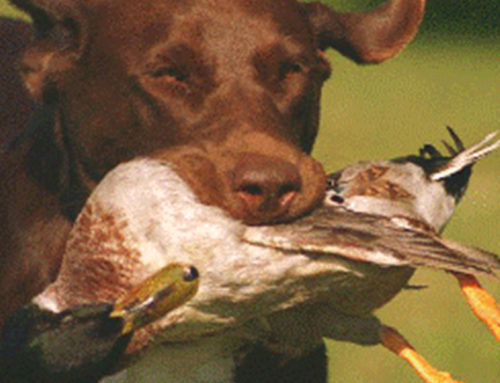

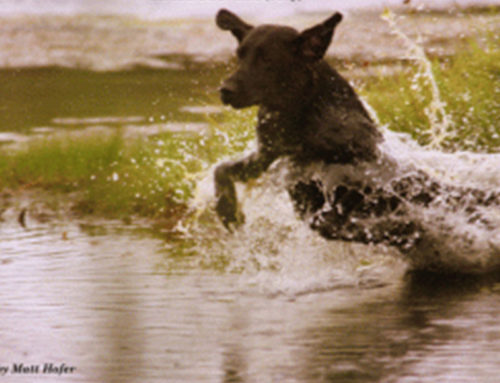
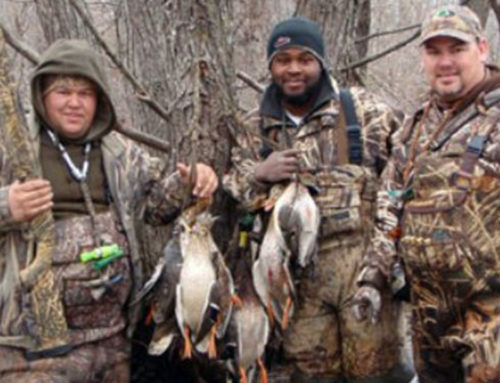
Leave A Comment